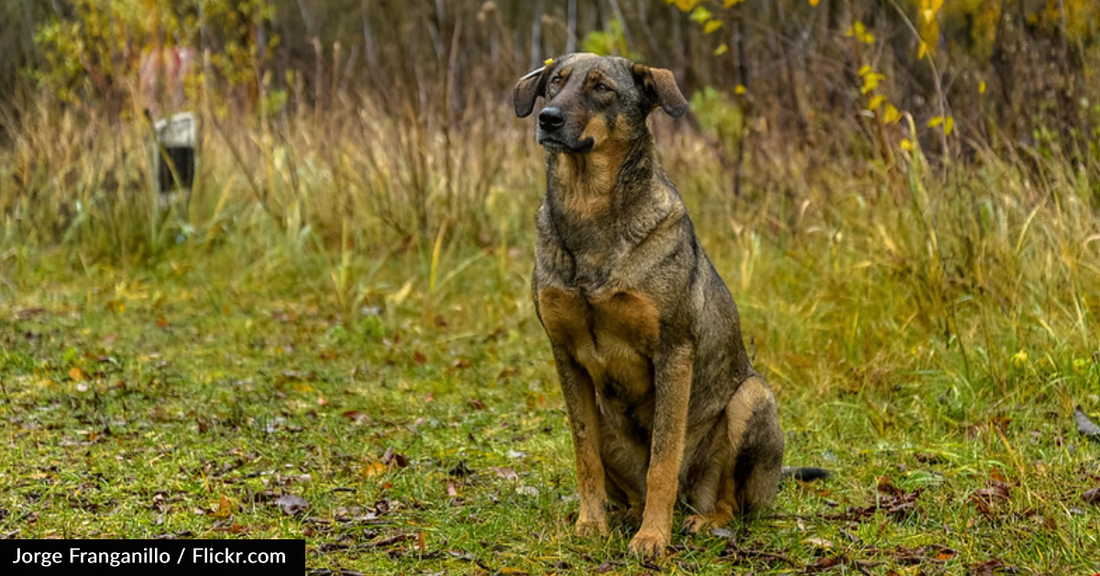Scientists Find Genetic Difference In Dogs Living Near Chernobyl Compared To Other Dogs
Timothy Roberts
It's hard to believe it's been over 35 years since the Chernobyl disaster took place. That disaster cost the lives of thousands of people due to radiation exposure, but it also had other effects.
People were evacuated from where they lived near Chernobyl after the disaster occurred. Much of the wildlife in the evacuation zone was also affected severely.
Interestingly, some dogs managed to survive the disaster and still live in the area of Chernobyl. Of course, any dogs that were pets are no longer found in the area, but wild dogs continue to call it home.
In a recently published study, researchers focused on those wild dogs to determine the differences radiation exposure could make. Between 2017 and 2019, 302 dogs were used in the blood samples research.
All 302 dogs lived in the power plant or within 45 km of the power plant site. Elaine Ostrander, a geneticist working with the National Human Genome Research Institute, wanted to answer how someone could live in such an environment for 15 generations.
They were expecting the DNA to be similar from one dog to the other. After all, they had intermingled in a small area for a long time.
After doing the research, researchers looked into 15 different family structures, which were unique compared to other dogs. It is thought that exposure to ionizing radiation in the long term has caused these results.
By looking at the blood samples, scientists could identify the dogs that lived in areas of high radiation exposure compared to those that were at medium or low levels of exposure.
 Photo: PXHERE
Photo: PXHERE
In speaking with IFLScience, Ostrander said: "I think the most remarkable thing about the study is that we identify populations of dogs living in and in the shadow of the reactor, and we can tell who those dogs are just by looking at their DNA profile."
She also spoke about how incredible it was and spoke of the resilience of dogs in general because some of them had been living near spent fuel rods for a very long time.
More than likely, the dogs living in the exclusion zone were, at one time, pets of people who had to flee when the explosion occurred. They can see the history of the dogs when examining their DNA.
 Photo: Pexels/Dids
Photo: Pexels/Dids
When speaking with the Associated Press, Ostrander said they could start to look for differences in the DNA. It would allow them to look into what was evolved and what was mutated.
This research gives us insight into dogs and helps us see what would happen to humans under similar circumstances.

 Photo:
Photo:  Photo:
Photo: 
